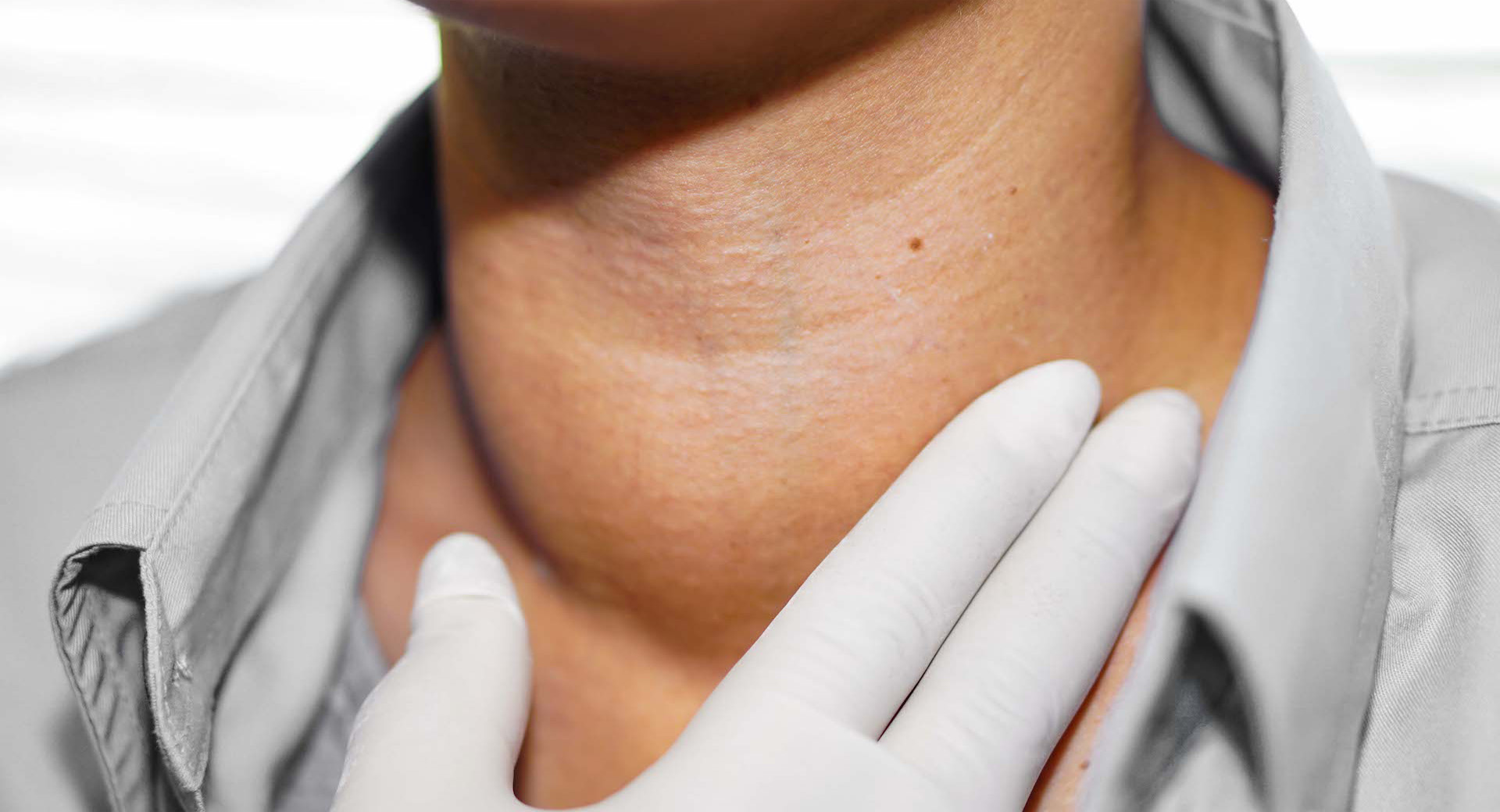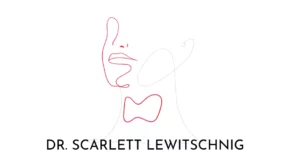Thyroid nodules are very common and are frequently found with iodine deficiency. Most nodules don’t cause any problems. If they get too big, they can press on surrounding structures and lead to a pressure sensation or difficulties swallowing. Often patients can’t wear a turtle neck as it feels uncomfortable. Nodules can sometimes produce hormones and lead to hyperthyroidism. This is called a “hot nodule”. Nodules can also become cancer and therefore need regular checking with thyroid ultrasound. You can only diagnose thyroid nodules with ultrasound. Ultrasound also helps differentiate benign and malignant nodules. Further diagnostic tools are the scintigraphy and the biopsy.

Biopsy
The aim of a biopsy is to take cells from the thyroid nodule and sent it to the pathologist.
The pathologist looks at the cells under the microscope to determine, whether there are malignant cells. The procedure is done with a small needle and takes a few minutes. The patient can experience discomfort but it is usually not painful.
After the biopsy the patient presses gauze on the area to reduce the risk of bleeding. A biopsy can`t be taken if the patient takes blood thinner. After a biopsy you can’t do any sports, heavy lifting or go to the sauna for that day.
Szintigraphy
This test is done at the hospital. A small amount of radiation is injected in the vein. After about 20 minutes you have to sit in front of a camera for the scan. The radiation dose is very small and does not cause any problems. This test is not done, when you are breast feeding or pregnant.
